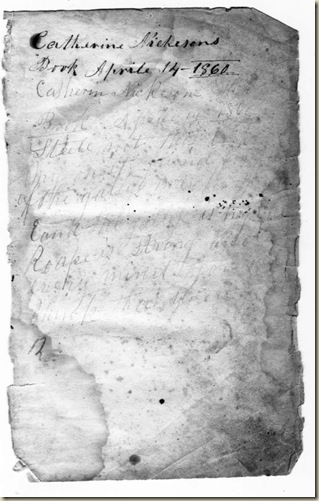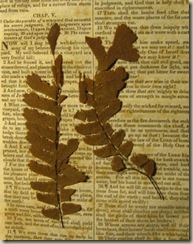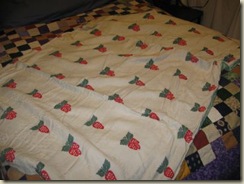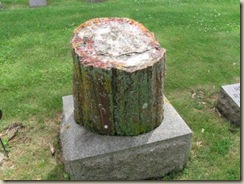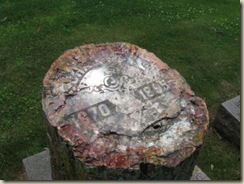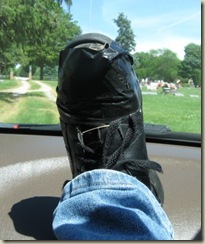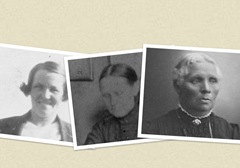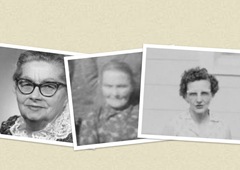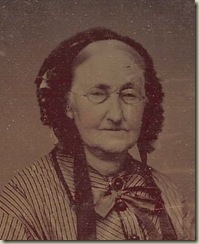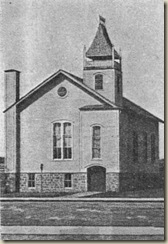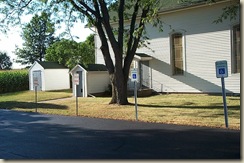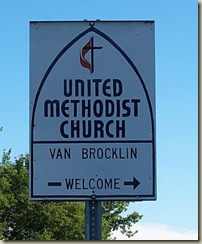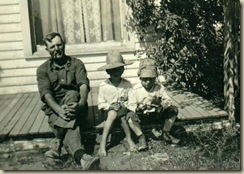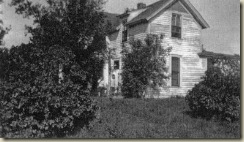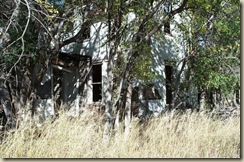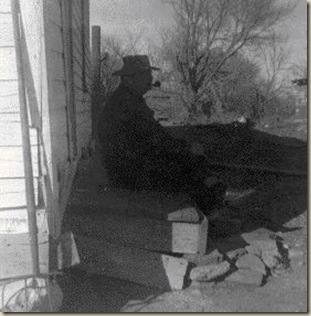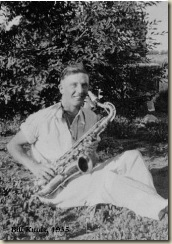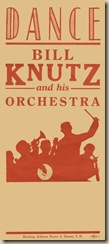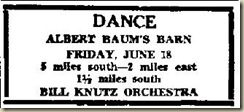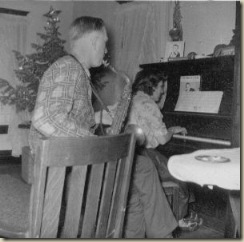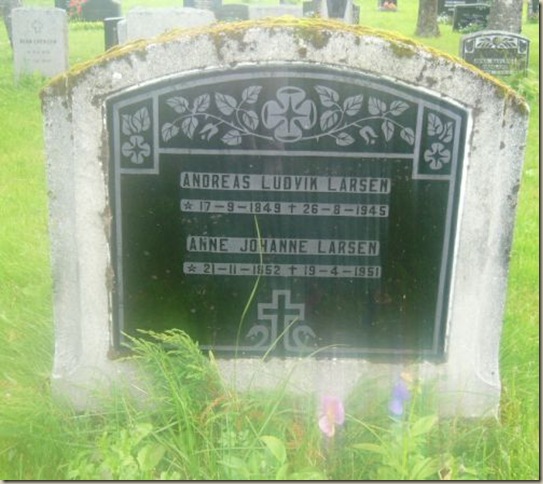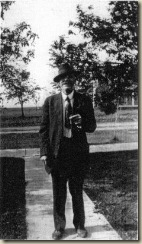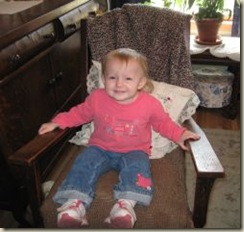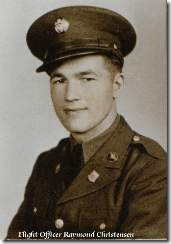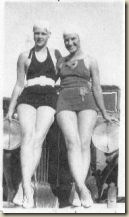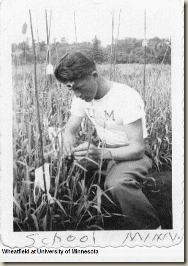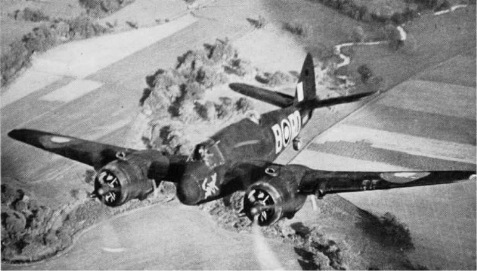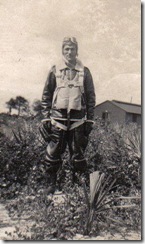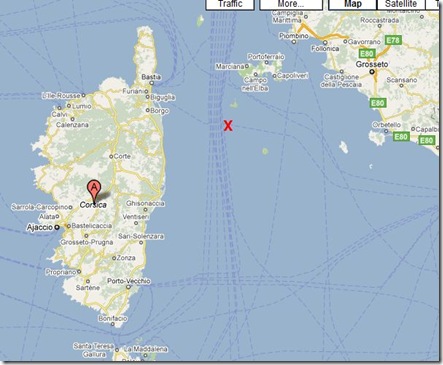 Sometimes you just know that someone has come into your life for a reason, and such is the case with Warren Throndson. We are distant cousins, both of us obsessed with family history, and we lived in the same town for 8 years before accidentally discovering each other. It could have easily gone the other way, both of us living out our lives and never knowing the other existed, but thank goodness it didn’t happen like that.
Sometimes you just know that someone has come into your life for a reason, and such is the case with Warren Throndson. We are distant cousins, both of us obsessed with family history, and we lived in the same town for 8 years before accidentally discovering each other. It could have easily gone the other way, both of us living out our lives and never knowing the other existed, but thank goodness it didn’t happen like that.I was just starting my Graves research, actually beating my head against a brick wall, when I realized that the Graves men, typically named Thomas, John, and William, all lived in the same area and all had sons named Thomas, John and William. The patriarch of the family, William Graves, himself a family historian, was said to have left a Bible with the family records behind when he passed on into eternity back in 1908, in Stark county, Illinois. Desperate to find that Bible, and any help it might give me in sorting out these Graves men, I wrote the genealogy society there and inquired if anyone might know anything about it, thinking perhaps he left it to them after his death. I got a letter back saying no, they knew nothing about any Bible. A wasted stamp, I assumed, but it turned out to be the best 32 cents I ever spent.
As it turned out, another descendant had inquired about the William Graves family a few weeks earlier, a fellow named Larry from nearby Peoria county. When the Society received my letter, they contacted Larry and gave him my address, in case he wanted to follow up. He saw the town, and immediately thought of his uncle, Warren, who also lived here, and had done extensive research on the Graves family, with said William Graves being his great grandfather. Before the day was out, Warren and I had the first of our many phone conversations.
Now, I have to say, in the last 15 years or so, Warren and I have only met face-to-face a handful of times, but we’ve logged hundreds of hours on the phone. Usually, our conversations would be seasonal, as he wintered in Texas, and had a full social calendar there, but occasionally he’d make an exception - when our weather here would be especially frigid, he’d call to tell me how much he enjoyed the freshly picked fruit, from his yard, that he’d had for breakfast that morning. Or he’d call on a Sunday night, to tell me to “have a good Monday” and keep paying into the retirement system so people like him could enjoy life! He had a great sense of humor, and loved to tease.
But mostly, we talked about family – those currently in our lives, and those we researched. While our official relationship was “second cousin twice removed,” I think it’s probably more accurate to say he was a treasured friend with whom I had history in common. Plus, he was the only person I knew whose eyes would not glaze over when I got started talking about genealogy, and vice versa.
Warren passed into the land of ancestors himself last weekend. I was blessed to have been able to see him three weeks’ prior, when I found myself at his home, and I knew it would be the last time I saw him. I can still feel his hand squeezing mine as we said goodbye. His contact information is still in my phone, and I think I’ll leave it there awhile. I just wish I could see his name flash on the screen just once more while the phone was ringing.
Goodbye, Dear Friend, until we talk again…

